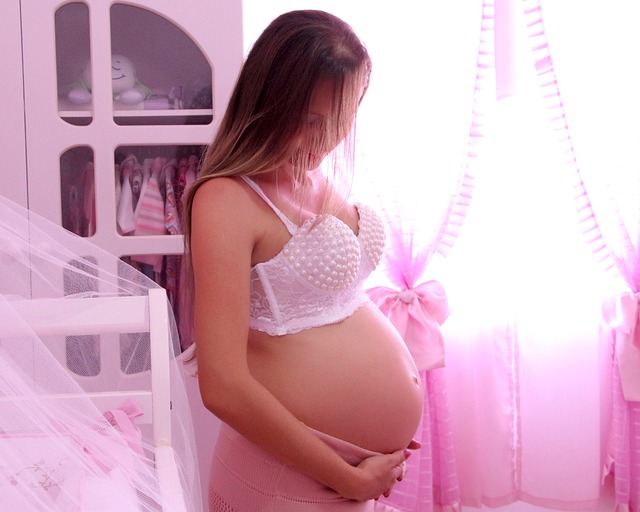In my early school days, I vividly recall the joy of creating a simple Advent calendar in kindergarten. I would sit at my desk, carefully snipping away at red and green construction paper strips with my safety scissors, eager to assemble them into a chain that would help me count down to Christmas. My teacher would help us connect the links with a stapler, and I took my creation home proudly to my mother. We hung it in the kitchen, and I would remove a link each day—until I forgot about it after just a few days. Back in the 1970s, Advent calendars were hardly a priority for anyone.
Fast forward to today, and the landscape of Advent calendars has completely transformed. Thanks to Pinterest enthusiasts and highly involved parents, the days of simple paper chains have vanished. Gone are the days of purchasing a 99¢ calendar filled with mediocre chocolate. Now, parents are crafting extravagant, organic, and eco-friendly calendars that often stretch budgets and sanity.
A quick glance at Pinterest reveals elaborate ideas that make me question my own sanity—like an Advent calendar crafted from toilet paper rolls or 25 crocheted mini-stockings filled with Montessori-inspired toys. And if you have multiple children? You can only imagine the chaos. It’s absurd.
What has happened to us as parents? I doubt Mary was busy hand-carving ornaments for Jesus to count down the days until his birth. We seem to have lost sight of a sweet, simple tradition, perpetuating the notion that our children should receive gifts for 24 consecutive days leading up to the grandest gift of all. (Yes, I get it—your family, your rules, but really?)
When I was a child, the magic of Christmas was built on anticipation. We didn’t receive gifts until Santa made his grand entrance. Each night in December was spent eagerly wondering how much longer we had to wait to tear down the stairs in our pajamas and dive into the presents. Our parents didn’t pacify our excitement with daily treats; they simply told us to wait, reminding us that Christmas was still far away.
Advent calendars have their roots in 19th-century Germany, where they were straightforward. Families would mark the days with chalk on doorways or light candles. If they wanted to get fancy, they might use nuts or berries to signify the days until Christmas. I can’t help but think that if a German mother from that era saw our modern Advent calendars filled with exotic chocolates or luxury items, she would surely exclaim, “Nein!”
In this era of one-upmanship, modern parents have made things far more complicated than they need to be. Personally, I don’t have the time or energy to find unique trinkets for every day leading up to Christmas. And to the parent who shared a balloon Advent calendar for kids to pop daily? No, thank you. My nerves are already frayed by mid-December without the chaos of popping balloons.
So, let’s take a step back this year and collectively say “No” to over-the-top Advent calendars. If you want to break out the construction paper and let the kids craft their own countdown, I won’t judge. There’s no need to splurge on that fancy perfume calendar when we all know Jesus was born in a humble stable—not surrounded by luxury fragrances. Perspective is key, folks.
As for me, I’ll be enjoying the tiny wine bottles from the Advent calendar I purchased this year. Now that’s a countdown I can support! After all, who can make it to Christmas without a little something special along the way?
In summary, Advent calendars have evolved from simple traditions into elaborate competitions among parents. While the intent is to create excitement for the holiday season, it’s essential to remember the true spirit of Christmas and the joy of anticipation. Sometimes, simpler is better.
Keyphrase: Advent calendars gone overboard
Tags: home insemination kit, home insemination syringe, self insemination
